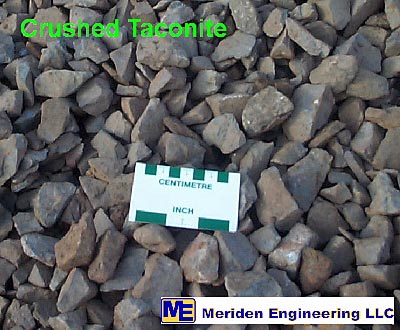
This Test represents the determination of the particle size ,and distribution of the Fine and Coarse aggregates in a specified amount of sample . In operational works ,it is so important to know the gradation and size distribution of aggregates, because for any structural design of buildings which the aggregates are the common material ,the gradations and the deviations of particles size in a stock of aggregate is very important.
There are two common methods for sieve analysis of aggregates, dry sieve and sieve analysis using washed aggregate. Here we just describe the wet (washed) method because as experienced in laboratory the more accurate type of sieve is washed method.
1. Balance
2. Sieves (depending to the size of aggregate it varies ,but common is 37.5,25,19.5,12.5,9.5,4.75,2.36,1.18,600 um,300um,75um)
3. Mechanical Sieve shaker 4. Oven 5. Pan (container suitable for washing)
5.Wash basin (for wet sieve method)
sampling for sieve analysis is as common sampling method explained in Sampling page. but it must be as enough to finish the test. because some times the reduction of sample in drying and sieving take affect the amount of sample and may be less than the first amount. For fine aggregate the minimum amount must be as much as after drying be as follow:
 |
 aggregates passing sieve no 8 = 100 Grams
aggregates passing sieve no 8 = 100 Grams
aggregate passing sieve no 4 = 500 Grams
Nominal Maximum Appropriate Mass
Sieve Size of Sample
400 Ám ==> 100 g
2.00 mm==> 200 g
5.00 mm==> 400 g
18.00 mm ==>1000 g
40.00 mm ==>1500 g
For Coarse aggregate Follow the consideration in sampling Page.
For Coarse and Fine combined aggregate must the minimum requirement for coarse aggregate.
For Finer Aggregates breakup the clay lamp particles, and Use the Splitter To quarter the sample to obtain desired mass. try not to take the exact amount of sample described in Table 1 in sampling page.
1. Dry sample to constant weight at a temperature not exceeding 110o C and weight to the nearest 0.1 gram. (means that the value of weighing must be up to 3 digit significant accurate).
2. Place sample in a container and sufficient water to cover it. Agitate (Shake) the contents of the container sufficiently to separate all particles finer than the 75 Ám sieve, from the coarse particles. Break clay lumps with the fingers. Bring all fine material into suspension and pour the wash water over the 75Ám sieve to remove suspended clay and silt. Slowly pour the wash water over the 75 Ám sieve taking care to avoid spilling coarse particles on the wash sieve. Repeat washings until the wash water is clean.
3. Return material retained on the 75 Ám sieve to the washed sample (For Fine and Coarse aggregate the material passing sieve 75Ám(No 200) is ignored ,other than mentioned by contractor or client). Dry washed sample to reach constant weight at temperature not exceeding 110o C and weigh to nearest 0.1g tolerance.
4. If do the sieving by Hand it must be noted that during the 1 minute of shaking by hand the maximum amount of aggregate pass from each sieve must not be 0.5 percent of total amount of sample. also in hand shaking the speed of agitation must be about 150 times per minute, and must turn the sieve every 25 impulse , by 6th revolution of sieve. (Note: be care to don't put more amount of sample to sieve or overlaying the sample, in order to avoid the error).
5. Time of shaking ( in hand or in shaking machine) is depend the laboratory experience but most of specifications and laboratories experiences ,assume that 5-8 minute shaking is enough.
6. And finally record each amount of particles remains on sieves. it is important that total amount of sample after sieving must be such close to first amount of dry sample. if the deference be more than 0.3 percent of total sample ,the value is not acceptable and if re weighing the sample didn't treat the error ,the test must be revised.
IMPORTANT:
*Some times occurs that total weigh of sample become more than initial weigh ,it is a simple mistake because of not cleaning the sieves before doing test.
**
Calculate the amount of material which passed from sieve No 200 (75 um) ,and then Add this value to each sieve passing No, and calculate the percentage of the materials passed from each sieve, and Finally Report the test Data. you can see the example of a test which shows the total percentage, cumulative retained and passed percentage, and finally graph of classification of sample BY CLICKING HERE.
depending the type of testing and guidelines of Client, the following data may report as final results:
1. Total percentage if material passing each sieve
2.Totla percentage of material retained in each sieve.
3.perventage if material retained between consecutive sieves.
4.Report percentages to the nearest 0.1% of total.